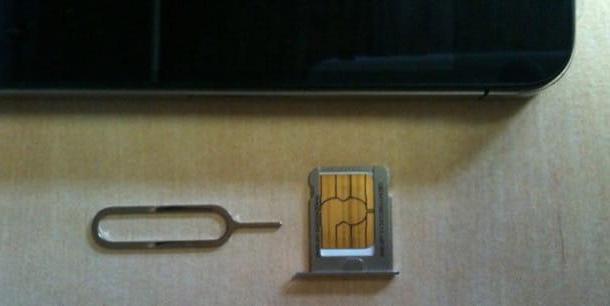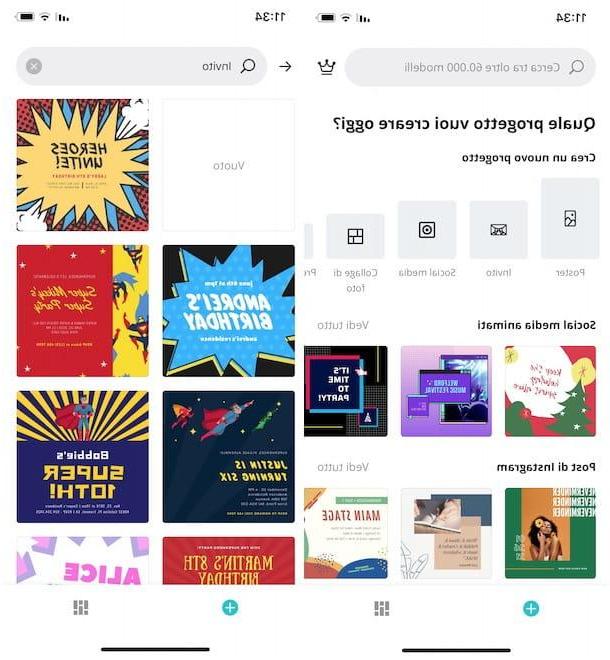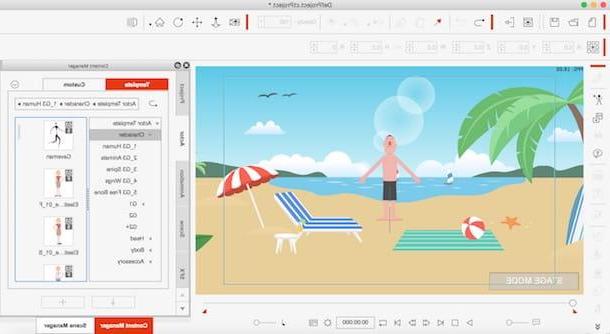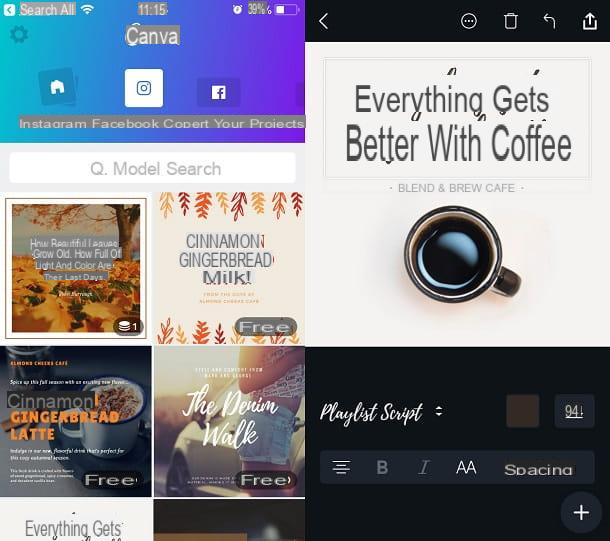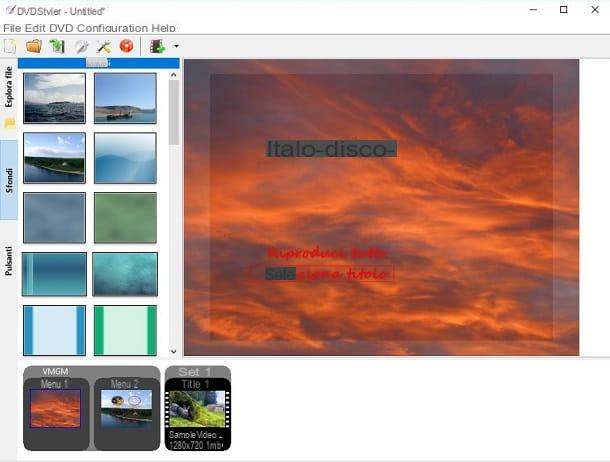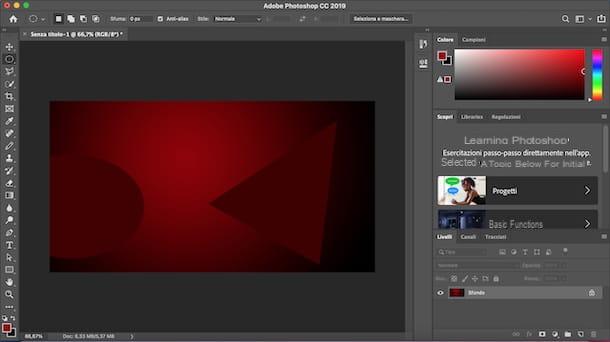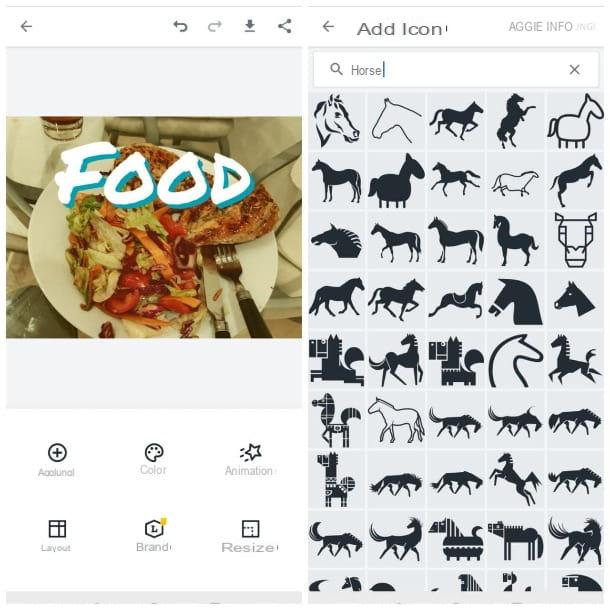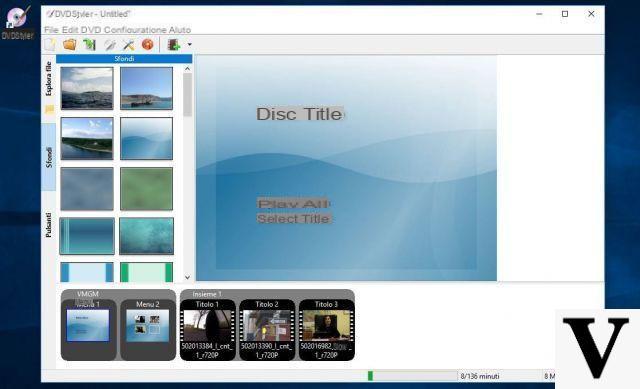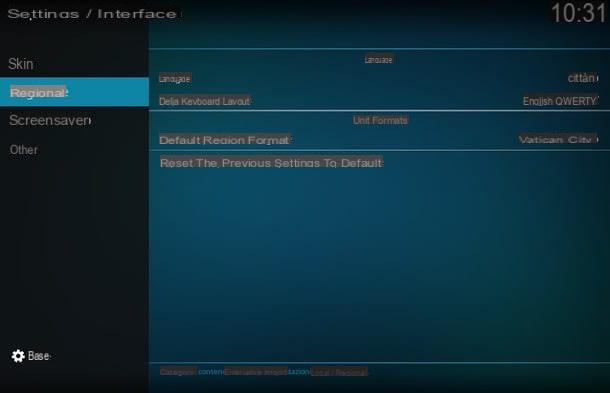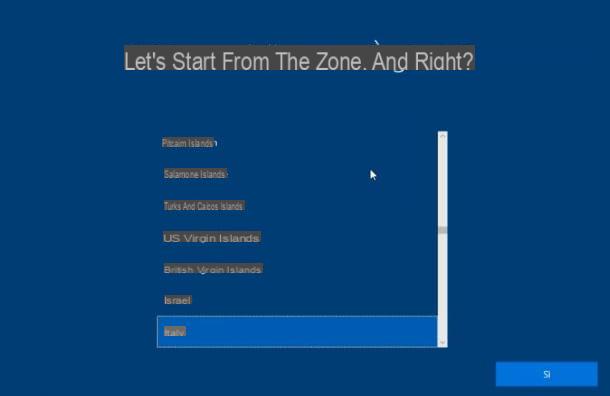Wallpaper Generator (Android)

If you want create wallpapers for a smartphone Android, you consiglio di provare Wallpaper Generator: an application that, as its name suggests, allows you to generate backgrounds in Material Design (the visual language created by Google) in a very easy, fast and free way.
After downloading and starting Wallpaper Generator on your smartphone, select one of the sections on its main screen (eg. Fabric wallpaper, Wallpaper material, etc.) and then choose the preset you like best among those proposed.
At this point, drag the graphic elements present in the preset and compose the wallpaper for your phone. If you want to act more decisively on the wallpaper settings, tap on thegear located at the top left, presses on the item Editing Effects Mode and act on the parameters of the image by changing, for example, the brightness, the contrast and so on. As soon as you are satisfied with the result, press the button (✓) located at the top right.
To set the newly created image as the background of your smartphone, press the symbol (←) to exit the "Editing Effects" mode and return to the main screen relating to the background you are creating, then tap the icon of theimage located at the top right. Easier than that ?!
Wallpapers & Background Live Maker (iOS)

You want to make a background for iPhone? In that case I recommend that you give it a try Wallpapers & Background Live Maker, a semi-free app thanks to which it is possible to create customized wallpapers for Apple smartphones. I define this app as semi-free because, while being able to download it for free from the App Store, it is necessary to make in-app purchases starting from € 1,09 to access all the categories of wallpapers present in it.
After downloading and launching Wallpapers & Background Live Maker, presses on the voice Screen Maker and, in the screen that opens, select the background you want to customize (by pressing the icon of camera you can also import one of the photos in the roll). Then tap on the symbol of three blurred circles located at the bottom left and then select the shade level you prefer the most (eg. Blur1, Blur2, Etc.).
If you want to add the effect of the shelving to the background, press the icon with the three lines located at the bottom right and select the template you like best, while if you want to add the checkerboard effect, tap the symbol of squares located at the bottom right and select one of the available themes. If, on the other hand, you want to customize the appearance of your iPhone's status bar (the one showing the time, battery charge, etc.), press the icon depicting the battery located at the bottom right and customize the color of the latter.
As soon as you are satisfied with the result, press the symbol of floppy disk located at the bottom and then on the item OK: the created image will be saved in the camera roll and you can set it as background (if you don't know how to do it, read the last part of the tutorial).
GIMP (Windows / macOS / Linux)

If the solutions I mentioned in the previous paragraphs did not particularly satisfy you, perhaps you should resort to the use of photo editing programs. One of the first software solutions you should try is GIMP, a very famous photo editing program available for free for both Windows and macOS and Linux. It integrates many tools that can be useful for making custom wallpapers: let me explain how to download it and use it for your purpose.
To begin with, connected to the GIMP website, click on the button Download xxxx and then on the orange button Download GIMP xxxx directly, which is located on the right of the page. At the end of the download, open the file you just downloaded from the GIMP website and follow the simple wizard that appears on the screen to proceed with the actual installation of the program.
If you use a PC Windows, then click the button Yes and then OK, Install e end. If you use a Macinstead, drag the GIMP icon into the folder Applications say macOS, click on destroy the program icon and select the voice apri from the menu that appears. This procedure, which must be done only at the first start of GIMP, is used to "bypass" the restrictions applied by Apple to software from non-certified developers.
After downloading and launching GIMP on your computer, click on the entry New ... from the menu Fillet (top left) and, in the box Create a new image, select the size and background color of the wallpaper you want to make. Then choose the width and l 'height that must have the image (based on the resolution of the smartphone you are creating the wallpaper for), click on thevertical image to make the background directly vertically, expand the menu Advanced options to possibly select some advanced options such as the color space and the fill color of the image and then click on the button OK.
Now, you can create the background by taking two different “paths”: importing a photo to use as a background, or creating a wallpaper from scratch. If you decide to go for the former solution, you can simply drag and drop the image you intend to use as a background within the main GIMP window. Then you can edit the photo using the various tools made available by the program (if you want more information on how to edit photos with GIMP, read the in-depth study that I just linked to).
If, on the other hand, you have decided to create a background from scratch, perhaps a nice abstract wallpaper, you have numerous filters and effects that could come in handy. To begin with, select the background color you want to give the wallpaper: click on the item Fill with the color of SF from the menu Modification and create the custom color from the box Color the image. Alternatively, you can use a pattern as the background of the image by clicking on the item Fill with the pattern from the menu Modification.
After choosing the background color, click on the icon Gradient tool (l'icona del black shaded square) which is located in the tool panel located on the left, set the values you prefer using the options present within the tab Tool options and then act directly on the image you are creating. If you wish, you can also use the brushes and other tools provided by GIMP to draw on the image, apply writing, blur the background and so on.
As soon as you are satisfied with the result, click on the item Export as from the menu Fillet and, after importing the newly created wallpaper to your phone, set it as wallpaper and show it to your friends (if you have difficulty setting the wallpaper on your device, consult the last part of the tutorial).
Photoshop (Windows / macOS / Linux)

If you want to create custom wallpapers from your computer, you can't help but consider another very popular software: Photoshop, the professional photo editing program developed by Adobe, which integrates powerful tools with which it is possible to create quality backgrounds quickly and easily.
Being a software aimed above all at professionals working in the field of photography and graphic design, Photoshop is for a fee: it is necessary to subscribe to one of the subscription plans for the Adobe Creative Cloud service (starting from 12,19 euros). However, you can try the Photoshop trial for 7 days for free and then choose calmly whether to subscribe to continue using the program or not.
If you decide to resort to Photoshop, I highly recommend that you take a look at the guide in which I explain in depth how to use Photoshop: there you will find useful tips on how to best use all the tools integrated in the program developed by Adobe.
How to set a photo as wallpaper

After making the wallpaper for your mobile, you will need to move on to the next step: set the image as wallpaper. I guarantee you that this is a really simple operation to implement. To begin with, import the image created on the PC to the smartphone (if you have no idea how to import a photo from the computer to the mobile phone, read the tutorials in which I explain how to proceed on Android and iPhone) and then go to the settings of your device to set it as wallpaper.
- Su Android, go to Settings> Wallpaper, select the "source" from which to take the background (eg. Gallery, Gallery, etc.), choose the image to use as background, tap the button OK and then on the voice Tax. The procedure I have just described to you may be slightly different depending on the make and model you have and the version of the operating system in use.
- Su iPhone, go to Settings> Wallpaper> Choose a new wallpaper, tap on the position where the background you created is located (eg. All the pictures), presses on the image you want to use as a background, press on the item Tax, indicate if you want to use the wallpaper for the screen lock home screen o both And that's it. Alternatively, you can set the wallpaper directly from your camera roll - just open the app Gallery, select the image to use as background, press on the symbol Share (l'icona della arrow located at the bottom left), tap on the item Use as a background, press on the item Tax and choose whether to use the image for the screen lock home screen o both. Più facile di così ?!

